Cats, with their graceful movements and mysterious demeanor, have always fascinated humans. Their aloof nature often makes them appear self-sufficient, yet many cat owners notice how their feline friends cling to certain routines. This behavior, known as routine dependency, can be intriguing and sometimes perplexing. Understanding why cats develop such dependencies can deepen the bond between you and your furry companion.
The Nature of Cats and Routine
Cats are creatures of habit. Much like humans, they find comfort in routines. This instinctual behavior can be traced back to their wild ancestors. In the wild, routines ensure survival by establishing safe hunting times and secure resting places. Domesticated cats, although far removed from their wild counterparts, still carry this instinct. They find solace in predictable environments, which reduces stress and provides a sense of security. For instance, a cat might expect its meal at the same time every day and might become anxious if this routine is disrupted.
Understanding Routine Dependency
Routine dependency in cats is their reliance on specific daily activities or schedules. This dependency isn’t just about comfort; it’s about their mental and emotional stability. Cats may become attached to particular routines because it gives them a sense of control in their environment. For example, a cat might insist on sleeping in a specific spot every night or may follow its owner around the house at certain times. These behaviors can become deeply ingrained and any deviation might lead to confusion or stress for the cat.
Signs Your Cat Has Developed Routine Dependency
Recognizing routine dependency in your cat can be straightforward if you know what to look for. Common signs include:
– Anxiety or stress when routines are disrupted.
– Vocalizing or meowing persistently at specific times, especially around feeding.
– Following you around the house, particularly during established routines like bedtime.
– Refusal to engage in activities outside their usual pattern.
These behaviors indicate that your cat is comfortable and relies on these routines to navigate their day-to-day life.
The Impact of Disrupted Routines
Disrupting a cat’s routine can have noticeable effects. Cats thrive on predictability, and when this balance is disturbed, they might exhibit signs of stress or anxiety. This could manifest as excessive grooming, changes in appetite, or even behavioral issues like aggression. Consider a time when you were on vacation and returned to find your cat acting differently. Such disruptions can throw off their internal balance, leading to temporary behavioral changes.
Why Some Cats Are More Prone to Routine Dependency
Not all cats develop routine dependency to the same degree. Several factors can influence this tendency. Cats with a more anxious disposition may cling to routines as a coping mechanism. Age also plays a role; older cats might become more dependent on routines due to physical and cognitive changes. Additionally, cats that have experienced unstable environments or frequent changes might seek comfort in routines more than others.
Advantages of Routine for Cats
While routine dependency might seem concerning, it has its benefits. Establishing a routine can provide a sense of safety for your cat. This predictability helps reduce stress and anxiety. For instance, knowing when they will be fed can prevent food-related anxieties. Furthermore, routines can strengthen the bond between you and your cat, as they begin to associate certain activities with positive experiences shared with you.
Creating a Balanced Routine
To ensure your cat’s routine dependency remains healthy, it’s essential to strike a balance. Introduce routines that cater to their needs while allowing room for flexibility. This might mean setting consistent feeding times or play sessions but occasionally varying the activities. For instance, while your cat might enjoy a specific toy, introducing new ones periodically can keep their environment stimulating.
Dealing with Changes in Routine
Life is unpredictable, and changes in routine are inevitable. When such changes occur, it’s crucial to transition your cat gradually. If you’re planning a change, such as a move or a new work schedule, introduce these changes slowly. For instance, adjust feeding times incrementally rather than abruptly. This gradual transition can help your cat acclimate without experiencing undue stress.
Helping Your Cat Cope with Routine Disruptions
When disruptions occur, providing reassurance can make a difference. Spend extra time with your cat, offering comfort through petting or interactive play. Engaging them with toys or puzzles can distract them from the disruption. Additionally, maintaining some elements of their routine, like bedtime snuggles, can offer stability amidst change.
The Role of Environment in Routine Dependency
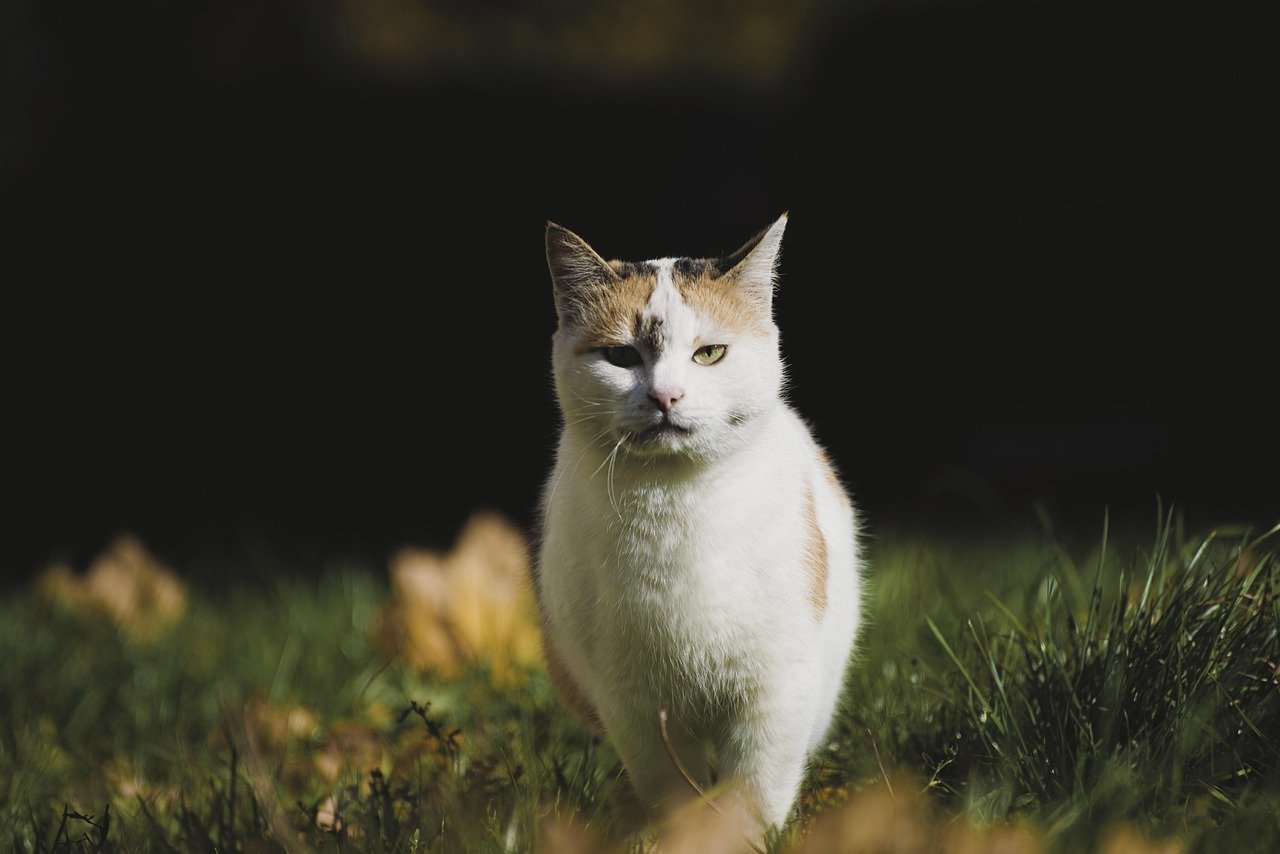
A cat’s environment plays a significant role in their routine dependency. A stable, enriched environment can mitigate the intensity of this dependency. Ensure your home offers various stimuli, like scratching posts, window perches, and toys. This enrichment can make your cat feel secure and less reliant on strict routines.
Recognizing When Routine Dependency Becomes a Concern
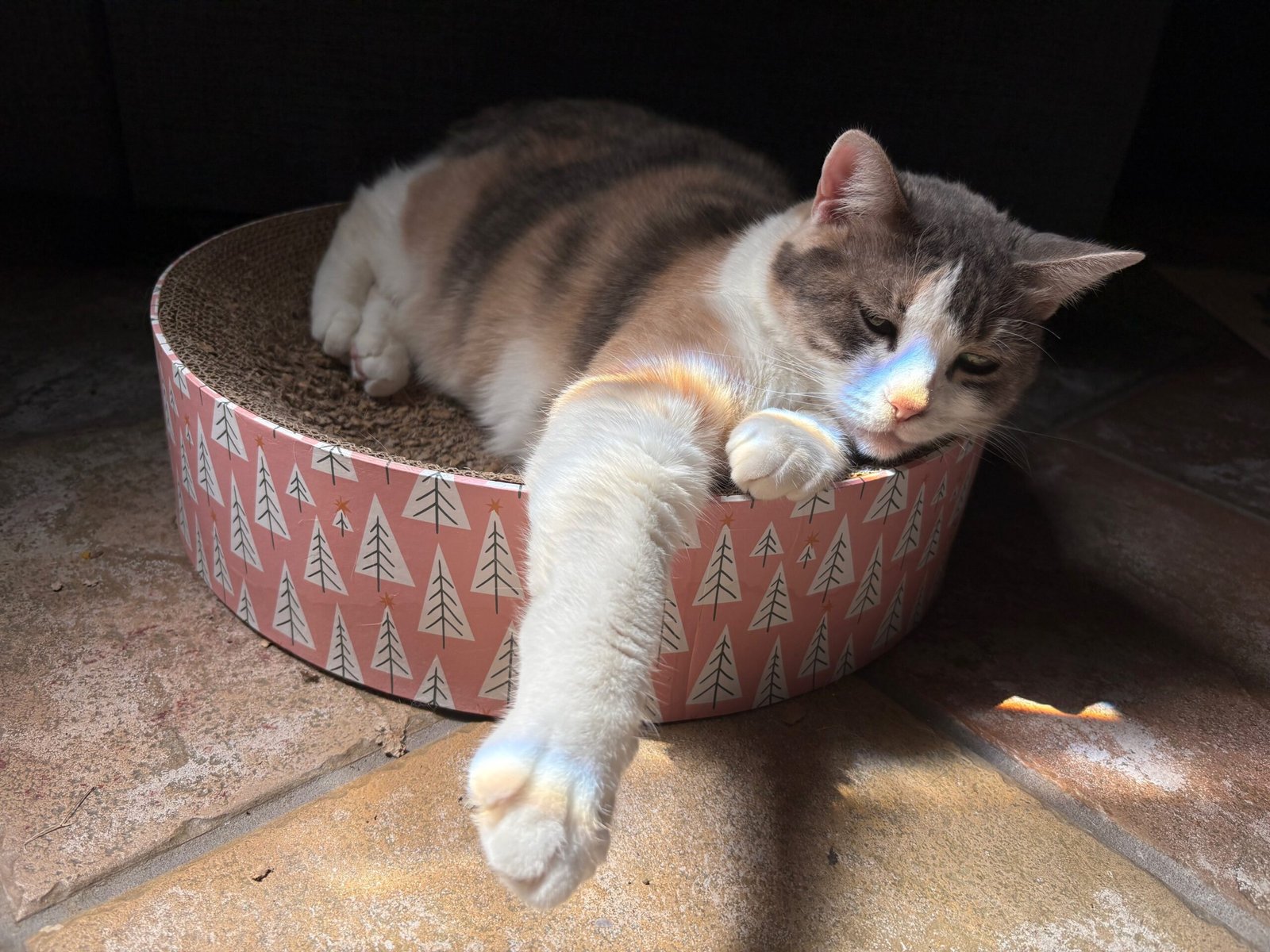
While routine dependency is natural, it can sometimes become excessive. If your cat exhibits signs of extreme distress or behavioral issues when routines are disrupted, it might be time to seek professional advice. Consulting a veterinarian or an animal behaviorist can provide insights and strategies to address such concerns.
Strategies for Reducing Excessive Dependency
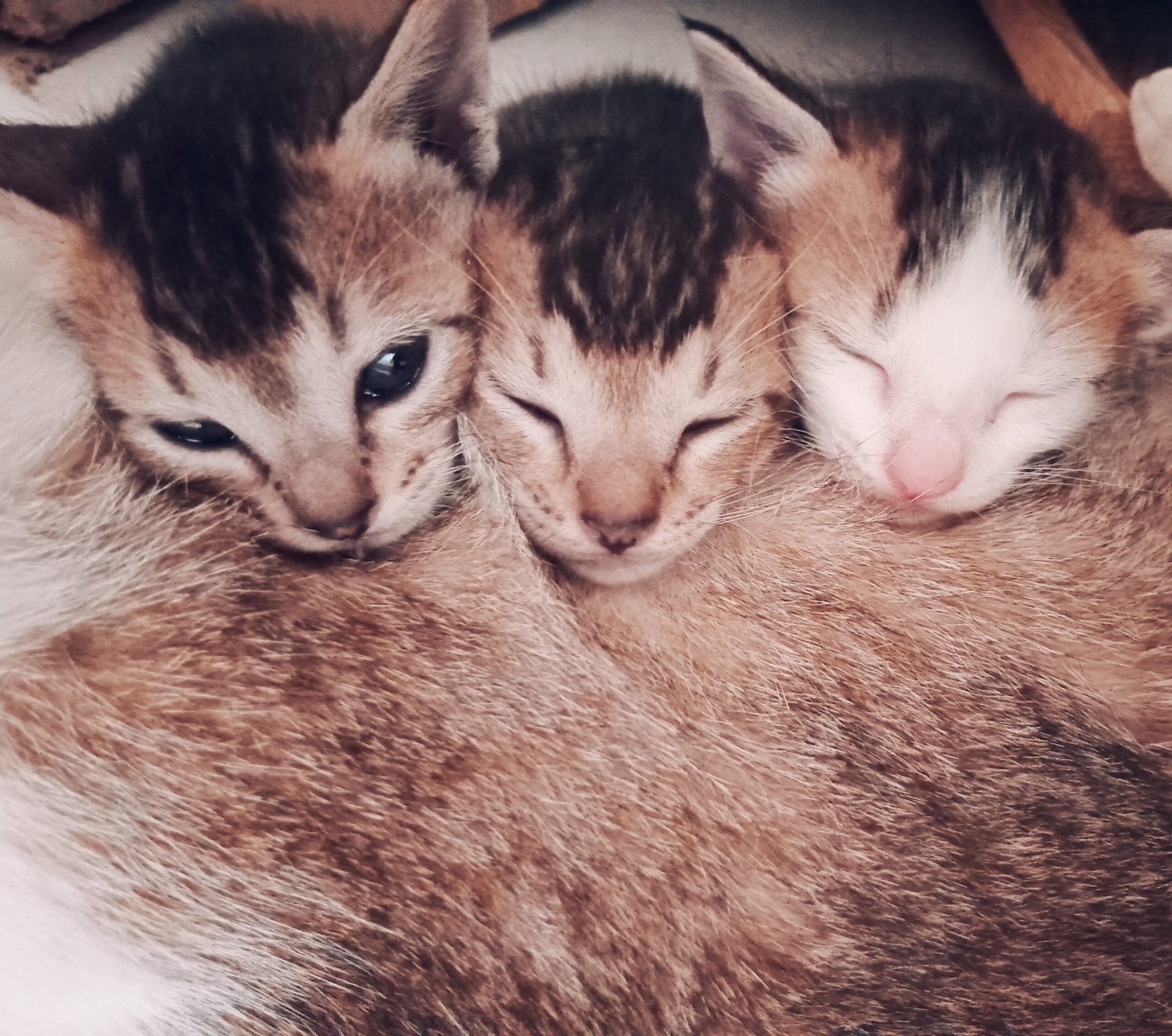
To reduce excessive routine dependency, gradually introduce changes into your cat’s life. This could involve varying playtimes or occasionally altering feeding locations. These small changes can help your cat become more adaptable and less reliant on rigid routines. Remember, patience is key; abrupt changes can exacerbate anxiety rather than alleviate it.
The Importance of Consistency with Flexibility
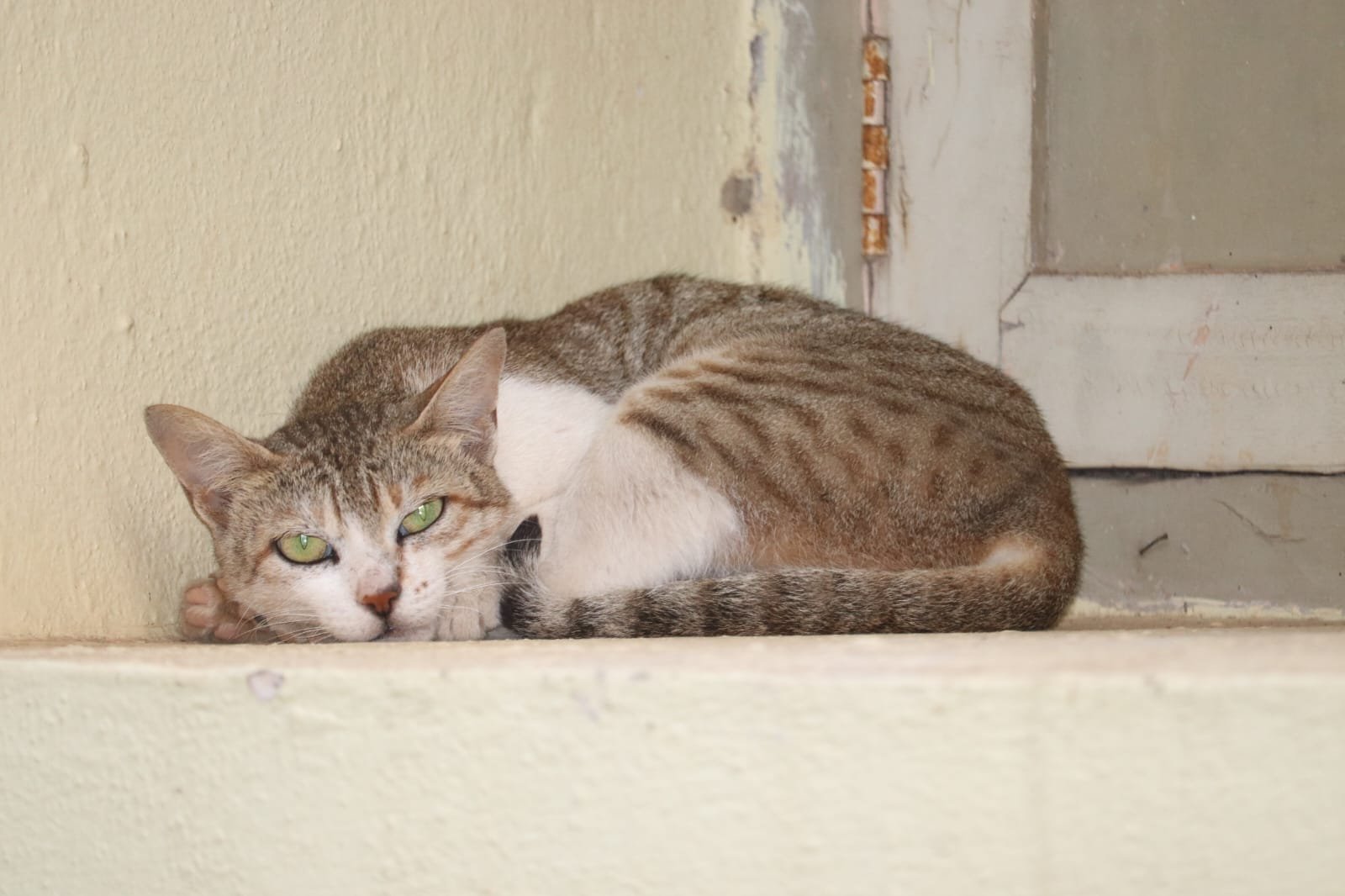
Striking a balance between consistency and flexibility is vital. While routines provide comfort, flexibility ensures adaptability. For instance, while maintaining a feeding schedule is beneficial, occasionally introducing new toys or activities can keep your cat’s environment dynamic and engaging.
The Emotional Connection Between Cats and Routines
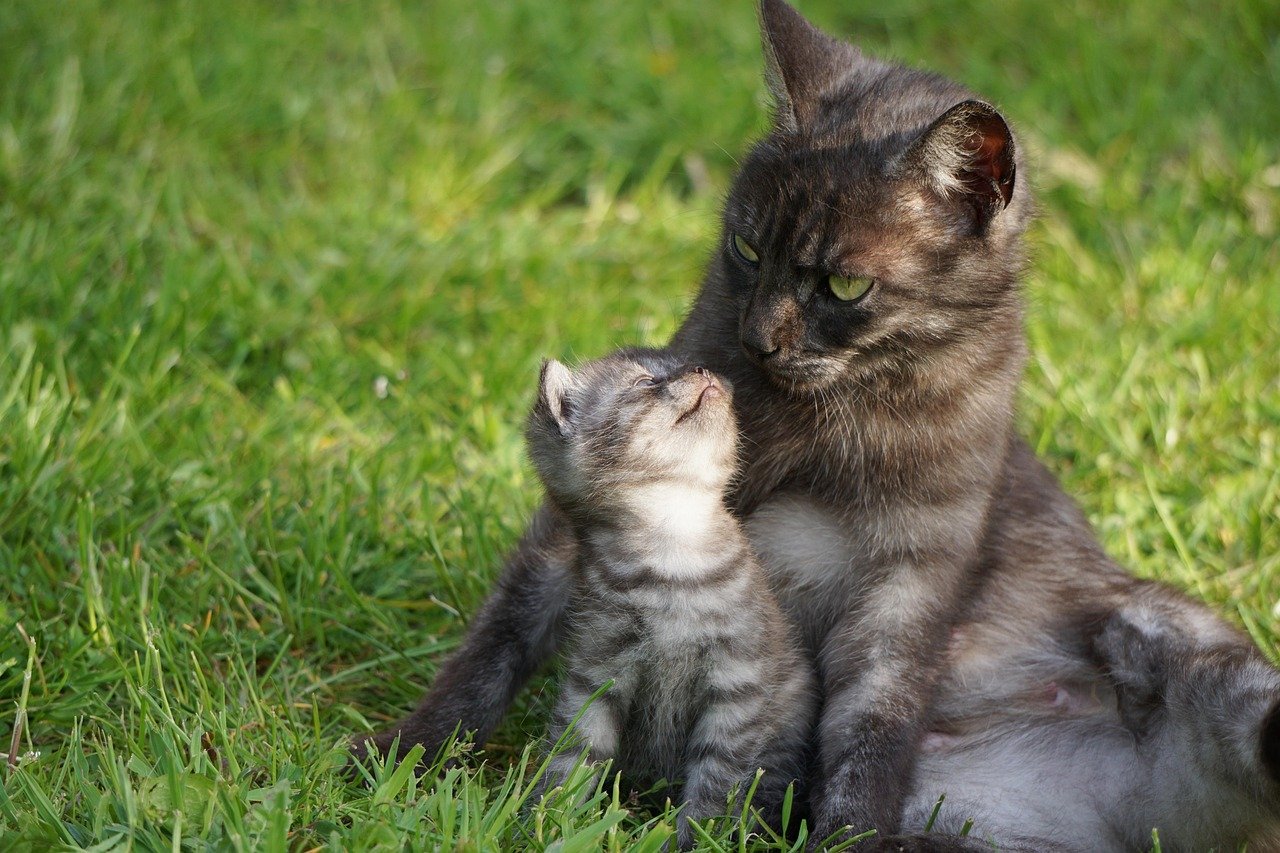
Cats often associate routines with positive experiences and emotional connections. A routine like morning cuddles or evening play can become a cherished bonding moment. These routines foster trust and deepen the emotional connection between you and your cat, reinforcing the bond you share.
How Routine Dependency Reflects Your Relationship
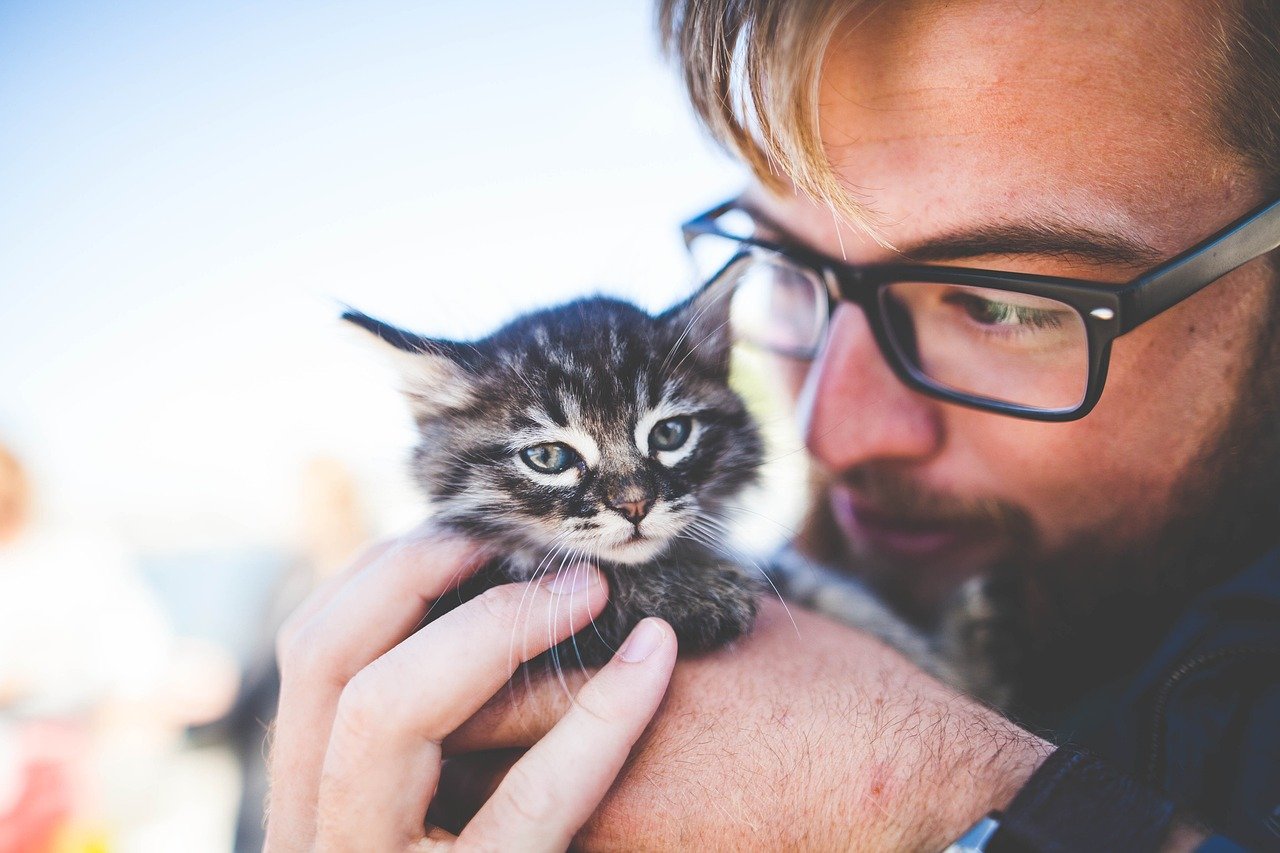
A cat’s routine dependency often mirrors the relationship they have with their owner. Cats that develop strong dependencies may see their owner as a source of security and comfort. This dependency can be a testament to the trust and bond you’ve cultivated over time. It’s a reflection of the mutual understanding and companionship shared.
Recognizing Individual Differences in Cats
Just as humans have unique personalities, so do cats. Recognizing your cat’s individual needs and preferences is crucial. While one cat might thrive on a strict routine, another might prefer a more flexible approach. Observing and understanding these differences can help tailor routines that best suit your feline friend.
Maintaining a Healthy Cat-Owner Relationship
A healthy relationship between you and your cat is built on understanding, communication, and compromise. Routine dependency is just one facet of this relationship. By acknowledging your cat’s needs and adapting to them, you foster a nurturing environment. This mutual understanding reinforces the bond and ensures a harmonious coexistence.
The Future of Routine Dependency in Cats
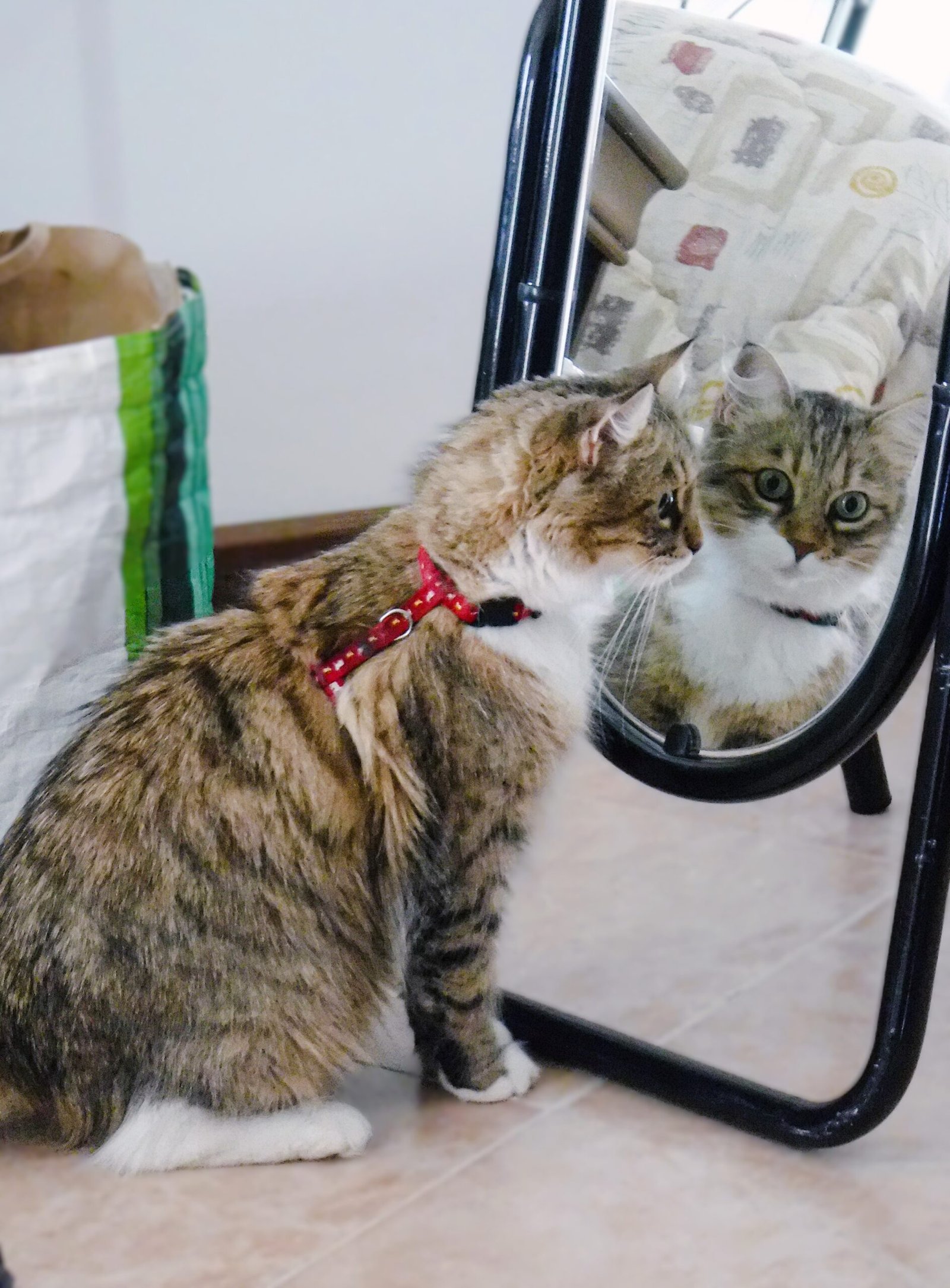
As our understanding of feline behavior evolves, so does our approach to routine dependency. Future insights might offer new strategies for managing this behavior. Embracing these advancements can enhance the quality of life for both you and your cat, ensuring a fulfilling and enriching companionship.
Conclusion
Understanding routine dependency in cats offers a window into their world. It highlights the importance of stability, predictability, and the bond shared between cats and their owners. By recognizing and respecting this dependency, you can create an environment that nurtures your cat’s well-being, ensuring a happy and contented feline friend.
Hi, I’m Bola, a passionate writer and creative strategist with a knack for crafting compelling content that educates, inspires, and connects. Over the years, I’ve honed my skills across various writing fields, including content creation, copywriting, online course development, and video scriptwriting.
When I’m not at my desk, you’ll find me exploring new ideas, reading books, or brainstorming creative ways to solve challenges. I believe that words have the power to transform, and I’m here to help you leverage that power for success.
Thanks for stopping by, Keep coming to this website to checkout new articles form me. You’d always love it!






